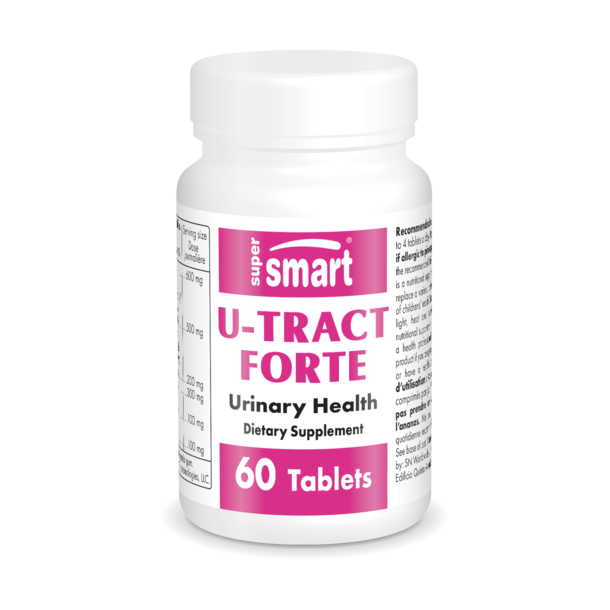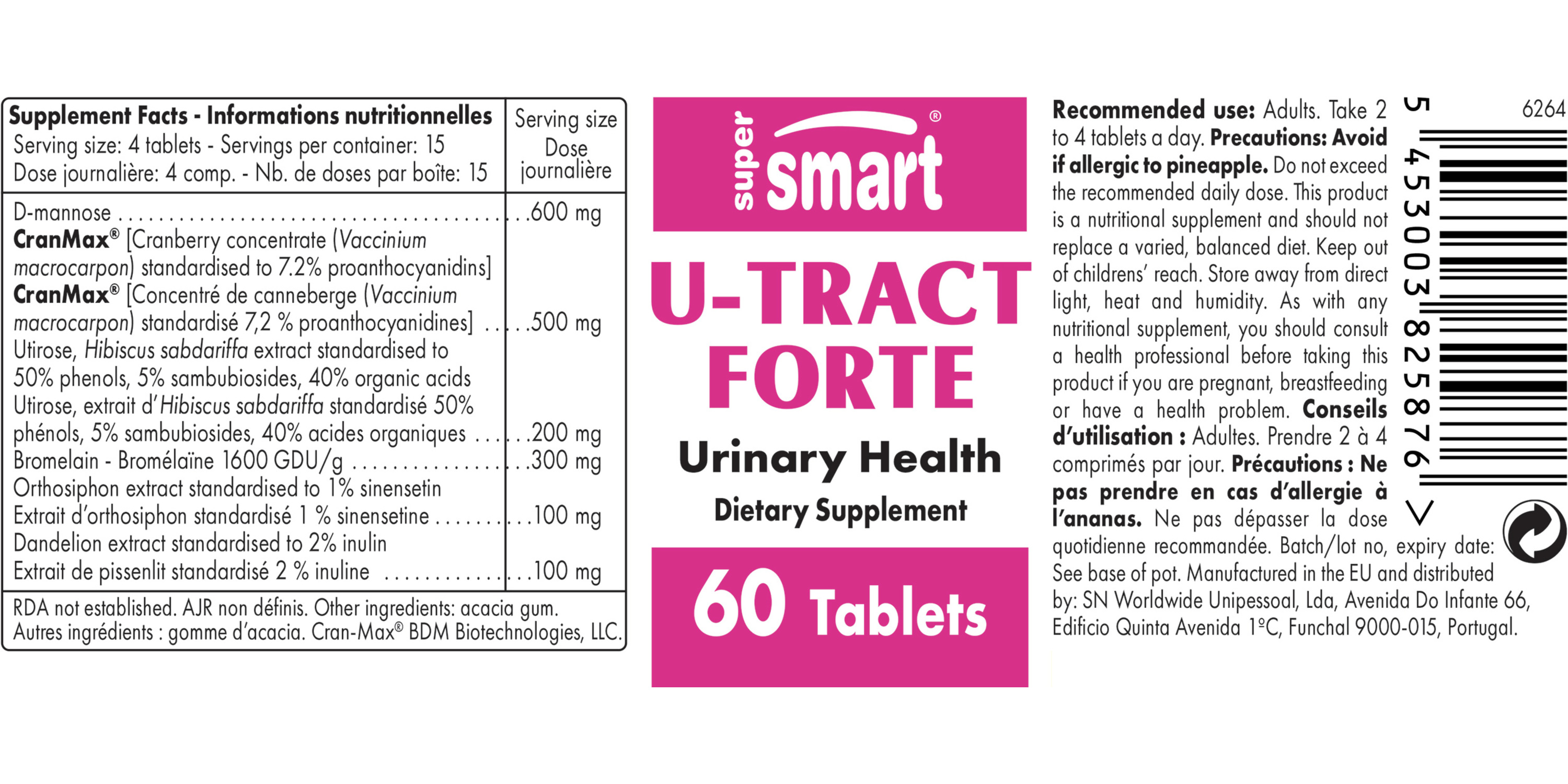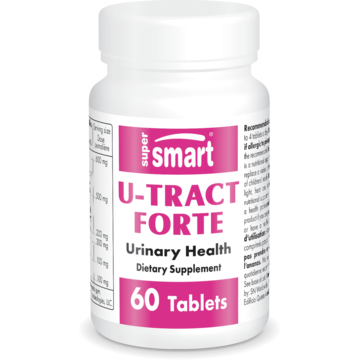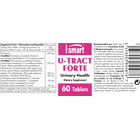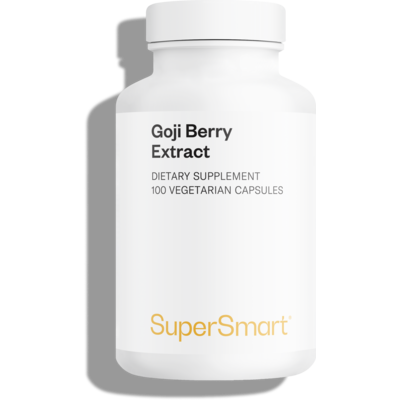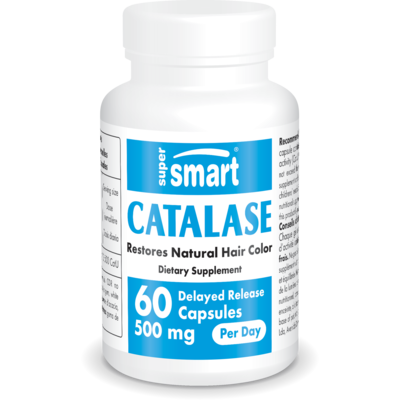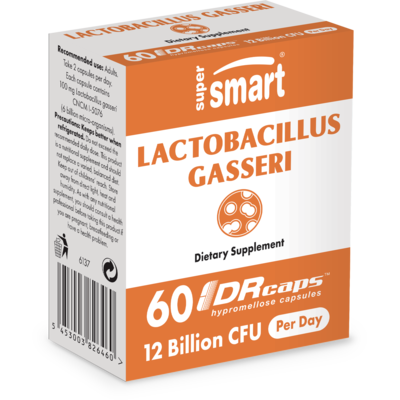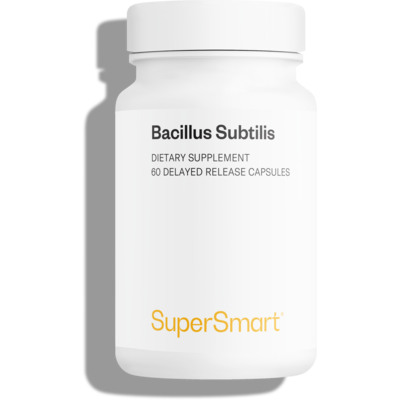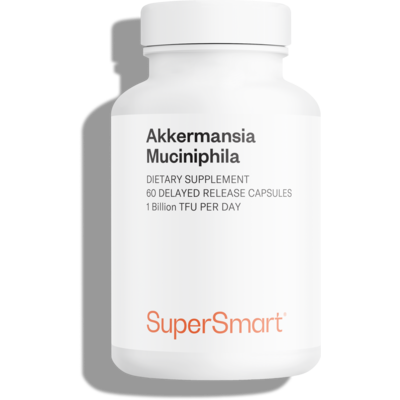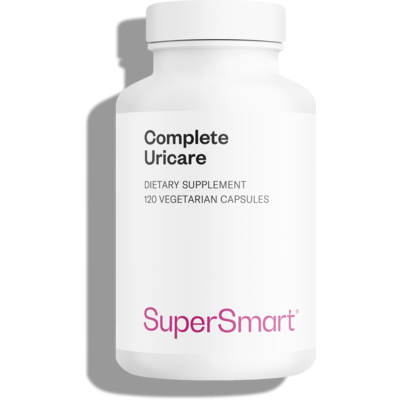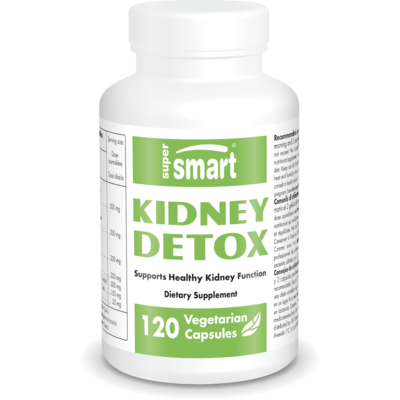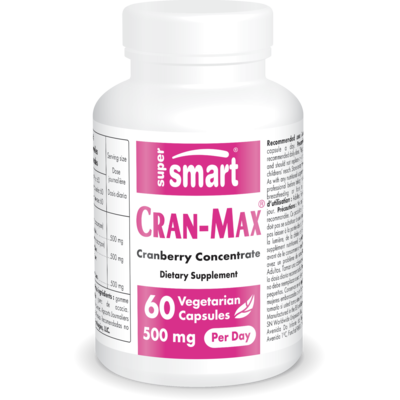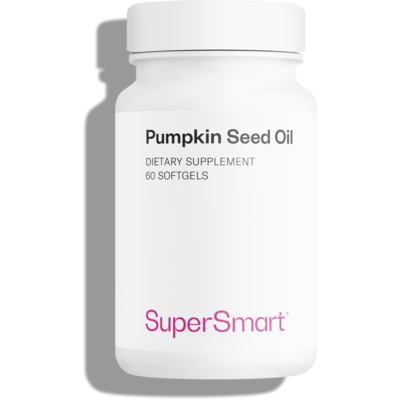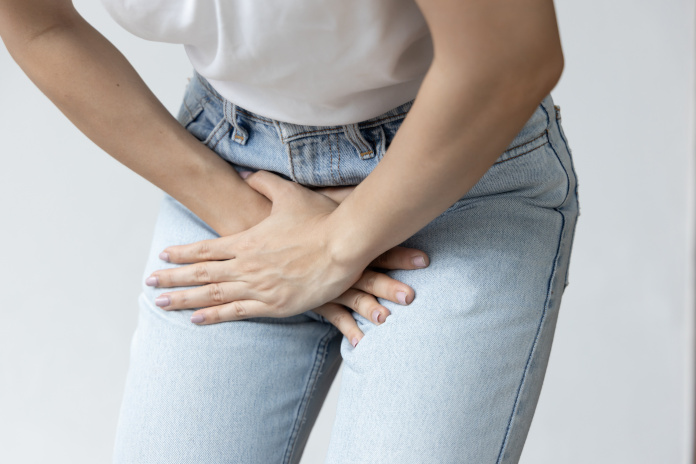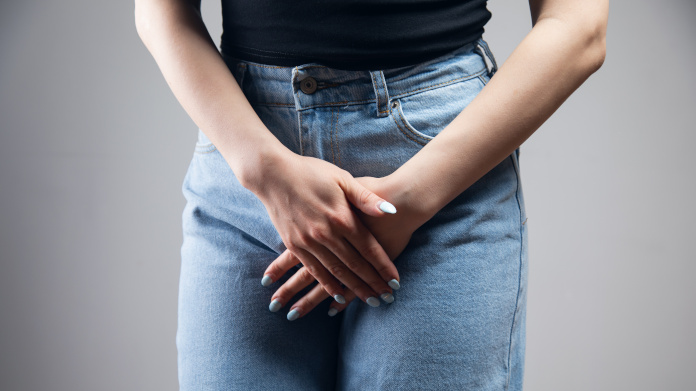Create Your Offer
U-Tract Forte contains nutrients shown to be effective at improving urinary health. They act synergistically to relieve occasional and recurrent urinary discomfort and sensitivity. Such urinary problems are generally the result of Escherichia coli bacteria in the bladder, or less commonly, Candida albicans type yeasts. You can buy U-Tract Forte to help eliminate them naturally and reduce the incidence of urinary discomfort and sensitivity.
What are the Benefits Associated with the Ingredients in U-Tract Forte?
The synergistic action of U-Tract Forte's ingredients means greater efficacy against urinary problems. Together, they help prevent urinary tract infections and reduce the risk of recurrence of both bacterial and fungal resistance.
- D-mannose, a simple sugar closely related to glucose, has been shown to be effective against the bacteria Escherichia coli, which is responsible for a large proportion of urinary tract infections. D-mannose sticks to bacterial adhesions eliminating them from the body via urination.
- UTIrose, an extract of Hibiscus sabdariffa, has anti-bacterial and anti-fungal effects on E. coli and C. albicans, preventing and inhibiting bacterial adhesion.
- CranMax®, a concentrated cranberry extract, helps reduce the frequency of urinary infections. A number of studies have demonstrated its health benefits for the urinary system. It contains proanthocyanidins, which reduce the adhesion of certain E. coli bacteria to the bladder walls.
- Bromelain is a proteolytic enzyme obtained from the stem of the pineapple. Its anti-inflammatory activity helps ease irritation and distension. Studies on cells and animals suggest it may destroy certain viruses and bacteria.
- Extracts of orthosiphon or Java tea, and dandelion, have diuretic properties, and by increasing urinary volume, encourage the elimination of bacteria.
Buy U-Tract Forte to improve your urinary health.
WARNINGS
Do not exceed the recommended daily dose. This product is a nutritional supplement and should not be used as a substitute for a varied and balanced diet or a healthy lifestyle.
STORAGE
Store in a cool, dry place away from direct sunlight, heat, and humidity. Keep out of reach of children.
PREGNANCY AND MEDICAL CONDITIONS
If you are pregnant, breastfeeding, or have any medical conditions, consult your healthcare provider before using this product.
SUPPLEMENT INTERACTIONS
Consult your healthcare provider before use, especially if you are taking any medications or other supplements as there may be potential interactions.
Need Help?
Phone
+1 (786) 522-3907
From 9 am to 6 pm (EST)
You May Also Like

